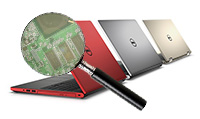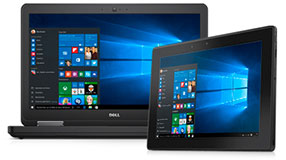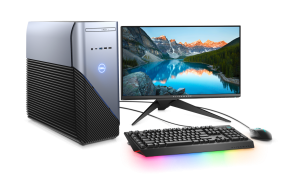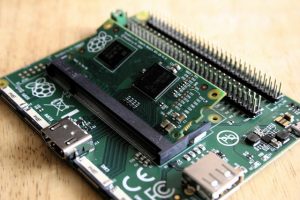

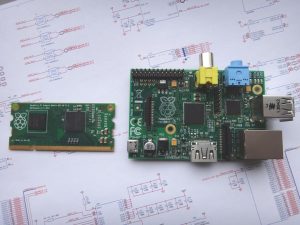



As Pi’s usually go, this model is also super affordable, in the $30 range. More than half the size of the Pi 3, it’s tiny, which is how we rely on these devices for such small, custom projects. Further, the Pi Foundation loves to give us options, don’t they, so a Lite $25 option is also available, one that requires the user to add their very own SD card socket or eMMC flash storage. Even the original Compute Model will sold for a reduced price of $25.
There you have it. Tinkerers and Pi lovers alike, if you’ve been utilizing your CM1 and don’t want to let go of the original, no fear, because not only is there a super cheap CM3 right there waitin for ya, but it’s backwards pin-compatible with your CM1. On the darker side of things, the newer modules run hotter, especially hotter under heavy processing. No USB, SD card slot, or display sockets are part of the CM3. The module also lacks Ethernet and Wi-Fi, but just remember that SODIMM socket for fitting in an edge connector. Through and through, if you’re a Pi person, also note the available Compute Module IO Board V3 (CMIO3), a breakout board that plugs and powers your CM3, processors, HDMIs, and USBs. But we’ll get more on that one later. Just released January 16th, the Compute Module 3 is officially on sale, and Eben Upton of the Pi Foundation expects there to be a lot of Compute model business to move to Compute Module 3, saying it could “translate sales into hundreds of thousands of units in the first year”.

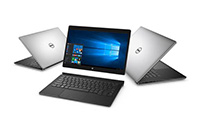 Laptop & Tablet Parts
Laptop & Tablet Parts